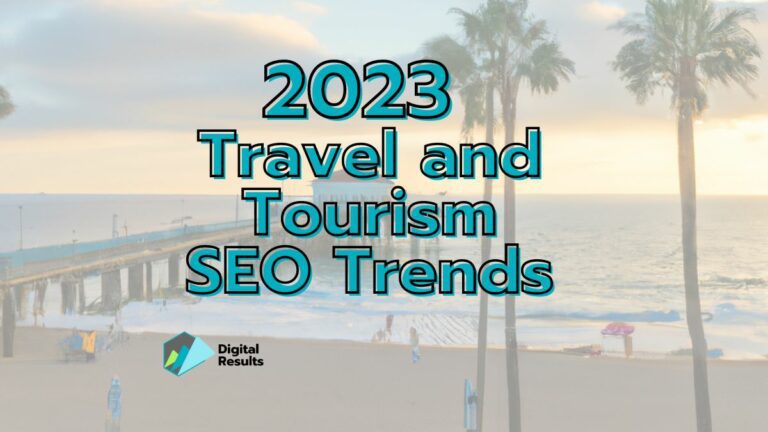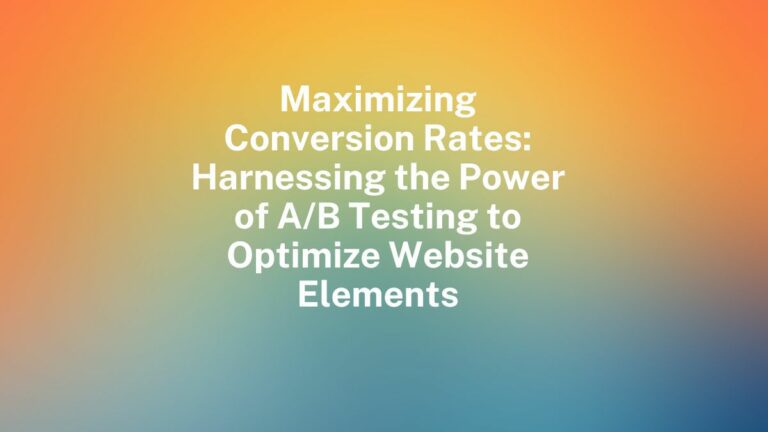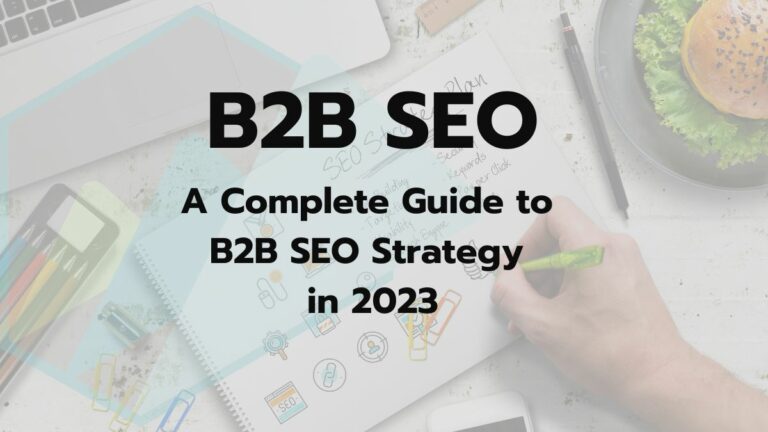Using HTML Header Tags for SEO
When building website content, it is essential to balance optimizing both for search engines and user experience. When it comes to search engine optimization, header tags are sometimes overlooked as an important tool in your arsenal. Unfortunately, hierarchy tags are often misused for other purposes. This misuse can drastically decrease the SERP ranking for keywords you are trying to rank for.

What is a Header Tag?
A header tag, also known as a heading or hierarchy tag, is an HTML element used to mark up content on a website. They are typically formatted in larger or bold text compared to the rest of the content. Think of heading tags as an outline, making it easier for users to understand the structure of your page. HTML heading tags range from h1 (the most important tag) to h6 (the least important), although usually only the first three levels of headings are used.
However, this outline is not only helpful for users to understand your content. Header tags are a way search engines like Google can tell which words on a page should be considered important. Using primary keywords in headings is critical for improving your SERP positions.
Why is the H1 Tag Unique?
The most important seo tag on a page is the h1 heading, which is the page title that will be displayed to users. Search engines like Google Search treat your h1 as one of the most important indicators of what your page is about. There must be only one h1 per page. Otherwise, it will be interpreted as spammy and penalize your ranking.
Four Mistakes Using HTML Hierarchy Tags
HTML tags can help you make your content easier to navigate and understand when used correctly. However, when these tags are misused, search engines have difficulty comprehending the structure and flow of your content. These common mistakes can have drastic unintended consequences for a page’s SEO.

#1 Using Heading Tags Only for Styling
The most common misuse of header tags is to use them solely for styling. While this layout may look visually appealing to a user, it will confuse search engines. It can also make it difficult for screen readers or assistive technology users.
The best way to avoid this problem is by using CSS to control the layout of your content. You can use a CSS style sheet to make one heading visually look like another without altering the hierarchical structure. This will help increase the readability of your content for users and search engines alike.

#2 Incorrect Ordering of HTML Headings
It is important to consider the heading structure when building a webpage carefully. Jumping between different levels of hierarchy tags can mislead search engine crawlers when determining what you are writing about. When it comes to SEO, the correct order for headers must be maintained.
The best remedy is to treat headings as an outline for your page’s content. An h1 should always be followed by an h2, which should be followed by another h2 or an h3. Jumps are allowed when going back up the hierarchy order, such as moving from an h4 to an h2 when starting a new section.

#3 Duplicate Header Tags on Multiple Pages
Another overlooked issue is using the same primary keywords in hierarchy tags across multiple pages. Search engines can see this as duplicate content and will have difficulty discerning which page to prioritize in the SERP. Similarly, calls to action at the bottom of a page are often formatted using HTML heading tags, which come across as spammy to search engines.
While this generally only applies to h1 and h2 tags, it can still affect SEO. Consider rewording headings on less important pages or removing the header tag altogether. For pages with identical content, use a canonical tag to tell search engines which page is the authority for that keyword.

#4 Keyword Stuffing
On the opposite end of the spectrum is optimizing too much for search engines. Keyword stuffing involves using as many primary and secondary keywords in header tags without caring for readability. Google updates Panda and Hummingbird were both designed to combat keyword stuffing in favor of easier-to-read content.
Correct Header Tags Can Improve SEO
With search engine optimization, properly using heading tags is essential. From a technical perspective, it is an easy way to inform search engines about the content and structure of your page. In addition, it helps users visually understand what is important about the content.
At Digital Results, we use the saying, “Is the juice worth the squeeze?” In short, is the resulting impact worth the effort required to make the fix? Hierarchy tags require low effort to change but can significantly improve your search rankings.
Ready to Grow Your Search Engine Results?
Let Digital Results assist you in your SEO strategy and help
deliver the search engine results you need.






